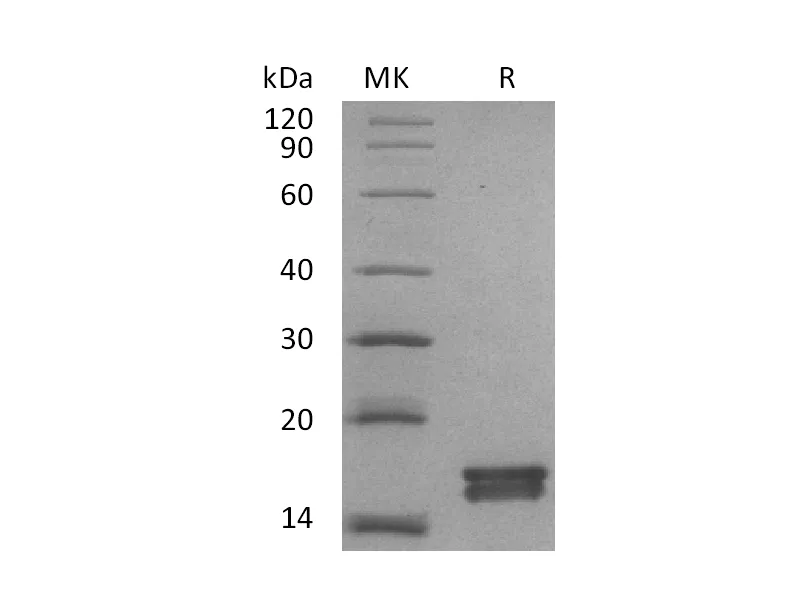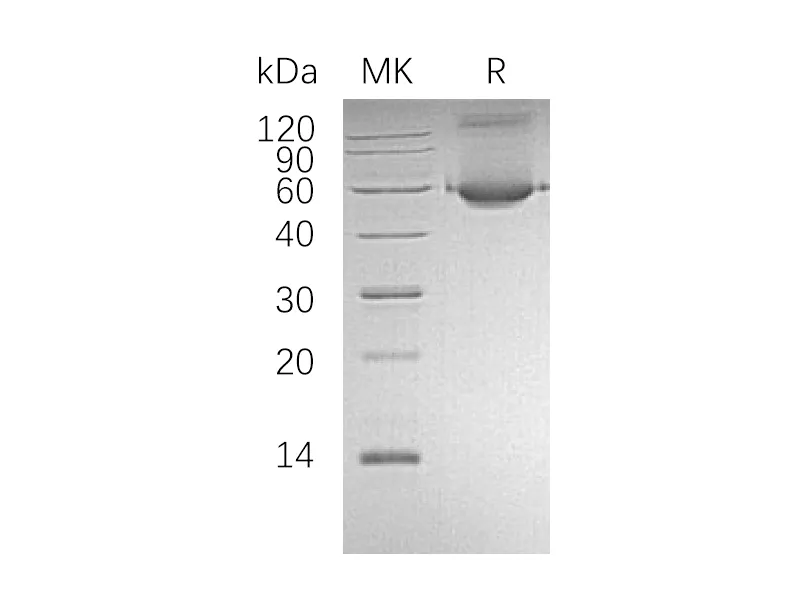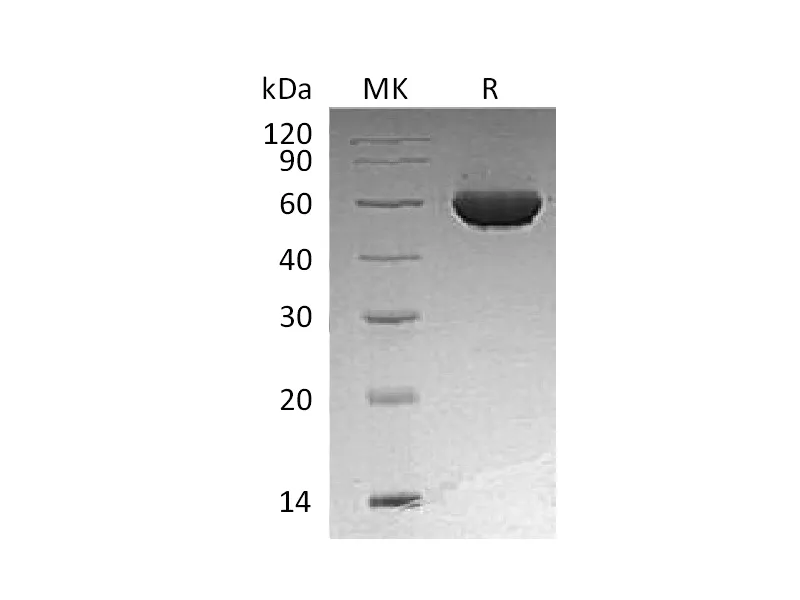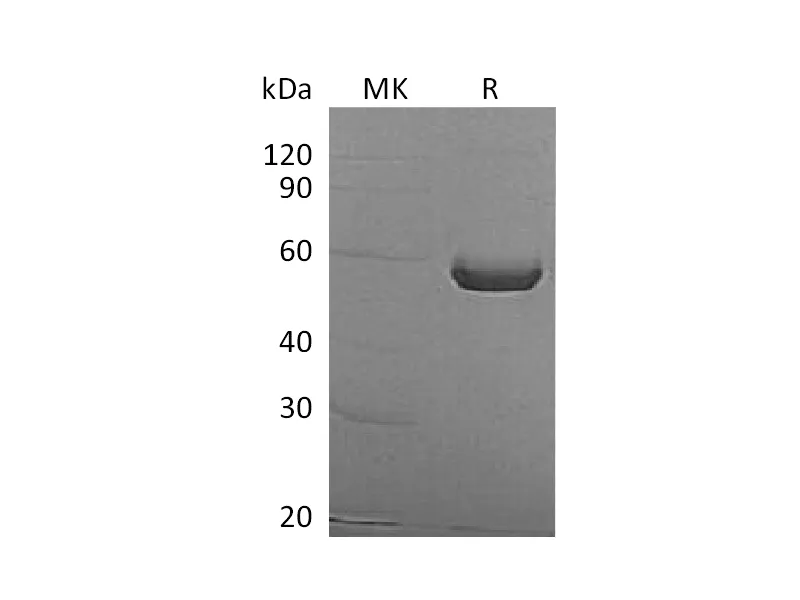Alternative Names
Thymic stromal lymphopoietin;Thymic stroma-derived lymphopoietin;Tslp
Background
Thymic stromal lymphopoietin (TSLP) is a protein belonging to the cytokine family, contains 140 amino acids. It is known to play an important role in the maturation of T cell populations through activation of antigen presenting cells. TSLP induces the release of T-cell-attracting chemokines from monocytes and, in particular, enhances the maturation of CD11c+ dendritic cells. It can induce allergic inflammation by directly activating mast cells. TSLP is produced mainly by non-hematopoietic cells such as fibroblasts, epithelial cells and different types of stromal or stromal-like cells. These cells are located in regions where TSLP activity is required.
Note
For Research Use Only , Not for Diagnostic Use.




